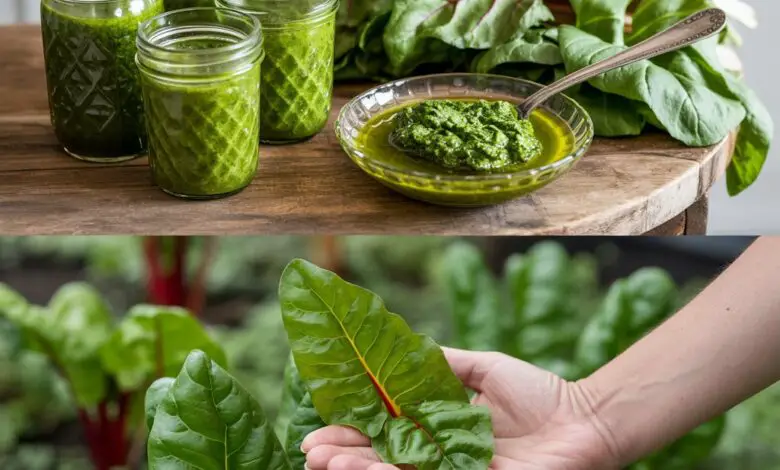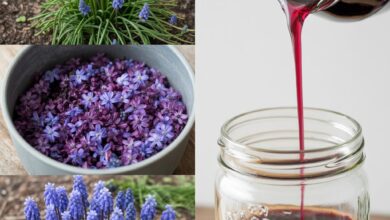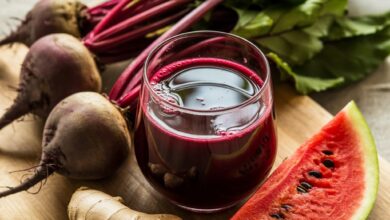The Remarkable Benefits of Horseradish Leaves: Your Guide to Wellness and Culinary Creativity

Horseradish is best known for its fiery root, but few people realize the leaves of this plant are just as remarkable. Often overlooked, horseradish leaves are packed with nutrients and health benefits—and they also bring a bold, peppery flavor to the kitchen. Whether you’re interested in boosting your wellness or adding some zing to your meals, horseradish leaves deserve a spot on your radar. Here’s what makes them so powerful—and how you can make the most of them.

Why Horseradish Leaves Deserve a Place in Your Diet
1. Rich in Antioxidants
Loaded with vitamins C and A, horseradish leaves help neutralize free radicals in the body. This not only supports healthy skin but also lowers the risk of chronic diseases tied to oxidative stress.
2. Packed with Essential Minerals
These leafy greens are a natural source of calcium, iron, and magnesium—minerals vital for strong bones, healthy blood flow, and energy metabolism. Regular consumption may even help prevent conditions like osteoporosis.
3. Natural Anti-Inflammatory
Their anti-inflammatory compounds may help ease joint pain and stiffness associated with arthritis while lowering the risk of heart disease and other inflammation-driven illnesses.
4. Supports Immune Health
With high levels of vitamin C and antibacterial properties, horseradish leaves help the body fend off infections and strengthen the immune system—especially useful during cold and flu season.
5. Aids Digestion
High in fiber, these leaves promote a healthy gut, keep digestion on track, and support regular bowel movements. They also help nourish beneficial gut bacteria.
6. Helps Regulate Blood Pressure
Thanks to their potassium content, horseradish leaves can contribute to stable blood pressure levels and cardiovascular health.
7. Detoxifying Effects
These greens support natural detoxification by aiding liver function and encouraging the removal of toxins from the body.
8. Respiratory Relief
The same pungent aroma that gives horseradish its signature kick can also help open up sinuses and ease respiratory congestion.
9. A Weight-Friendly Food
Low in calories and high in fiber, horseradish leaves help you feel full longer—making them a smart addition to any weight-loss or weight-maintenance plan.
10. Supports Healthy, Glowing Skin
Vitamins A and C, combined with a strong antioxidant profile, help protect skin from premature aging and promote a healthy complexion.
Creative Ways to Use Horseradish Leaves in the Kitchen
Beyond their health perks, horseradish leaves can bring a unique, spicy flair to your meals. Here are some easy ways to use them fresh or preserved:
Fresh Ideas
- Salad Booster: Add a few chopped leaves to your salad mix for a peppery bite, similar to arugula or mustard greens.
- Natural Wraps: Use the larger leaves to wrap grilled meats or vegetables for a bold, healthy twist.
- Smoothie Enhancer: Blend a small amount into green smoothies for an extra nutrient punch. Start light—these leaves pack serious flavor.
Cooked Creations
- Soups & Stews: Toss in a handful during the last few minutes of cooking to add earthy depth without overpowering your dish.
- Stir-Fries: Sauté chopped horseradish leaves with garlic and olive oil for a spicy kick in your veggie or meat stir-fry.
- Homemade Pesto: Blend them with basil, garlic, nuts, and olive oil for a spicy take on classic pesto—great for pasta, sandwiches, or dipping.
Preserve for Later
- Blanch & Freeze: Briefly blanch the leaves, chill in ice water, dry, and freeze in airtight containers. This keeps their nutrients and flavor intact all year long.
- Dry for Seasoning: Dehydrate the leaves, crush into flakes or powder, and use as a seasoning to add zest to soups, roasted veggies, or meats.
A Hidden Gem in Your Garden
Horseradish leaves are more than just a backdrop to the root—they’re a vibrant, nutrient-dense addition to your diet. From supporting immunity and digestion to enhancing your meals with bold flavor, these greens are a perfect blend of health and taste. With a little creativity, you can transform this underappreciated plant into a kitchen staple.





